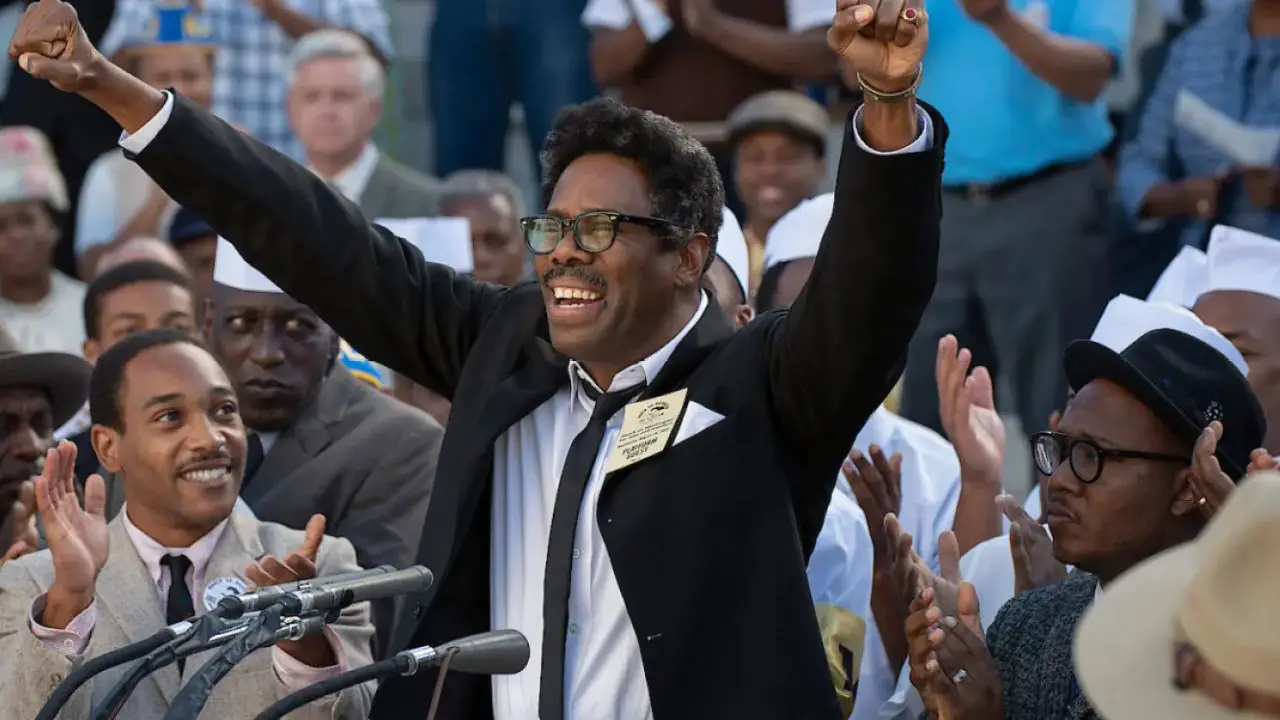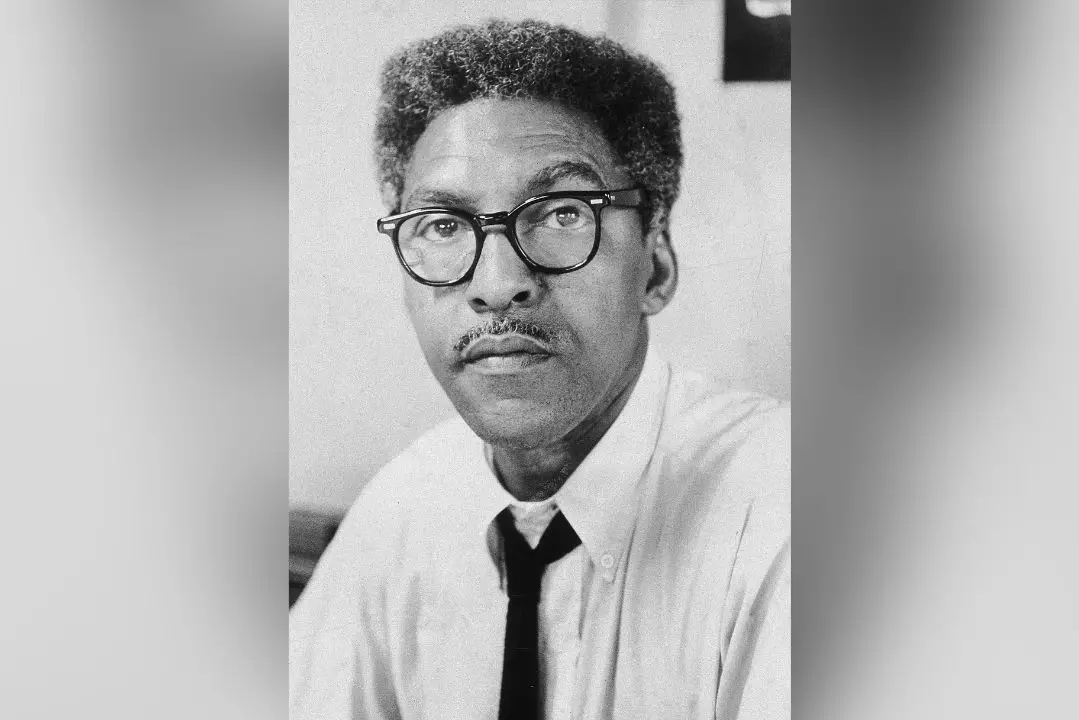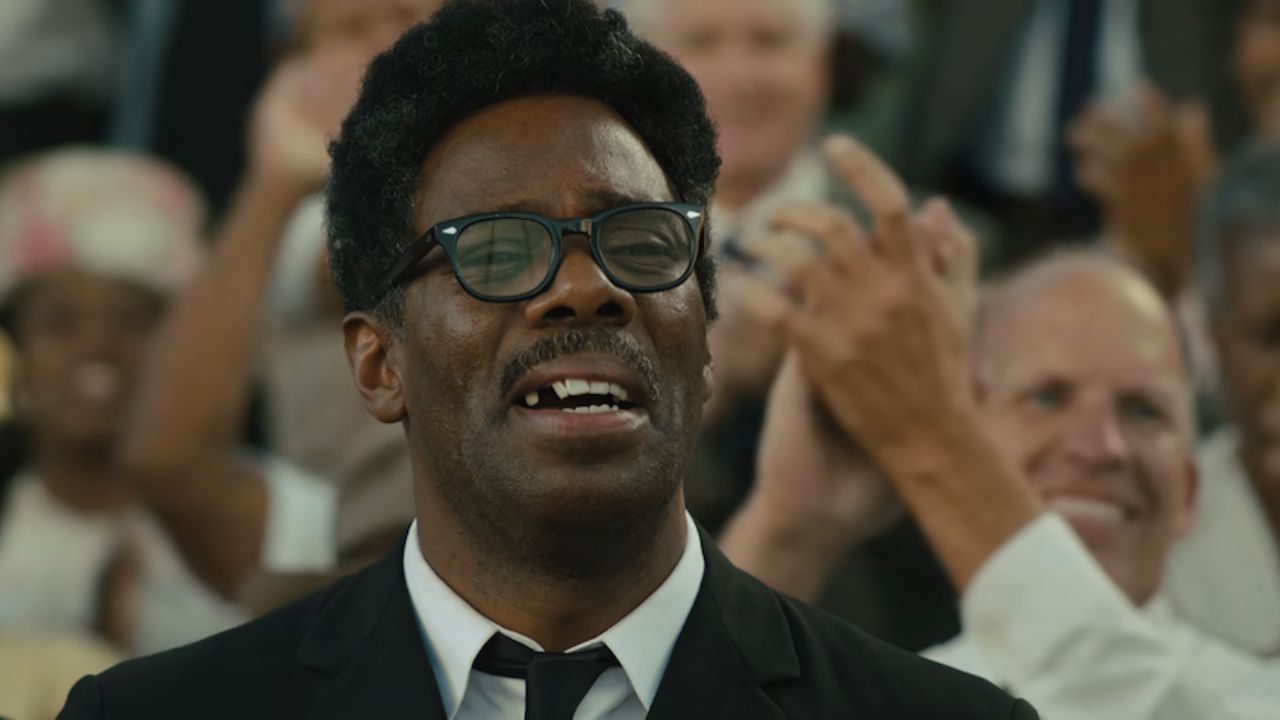Bayard Rustin's missing teeth have been noticed by the Netflix documentary 'Rustin's Fans. He was attacked by a police officer, and he lost a tooth as well as damage to other teeth.
Rustin is a biographical film directed by George C. Wolfe and produced by Higher Ground, Barack and Michelle Obama's production company, about gay civil rights pioneer Bayard Rustin and his important role in organizing the 1963 March on Washington. Rustin had many virtues as an adolescent. He was bright; he was the valedictorian of his high school. As an offensive lineman on his high school squad, he would help opponents up and recite a line of poetry after tackling them. And he was courageous.
The film Rustin, like the pioneering campaigner, is revolutionary in many ways. After Netflix's recent release of Rustin, there has been a lot of discussion about Bayard Rustin, especially about his teeth. He was not afraid to flaunt his flaws in his appearance, especially his missing teeth. So how did it go missing? Let us get into detail.
Bayard Rustin Had Broken Teeth Caused by a Police Officer’s Attack!
Bayard Rustin is capturing fans attention with his missing teeth. The Netflix documentary 'Rustin' delves into the life and work (or at least a portion of it) of Bayard, a determined civil rights champion who spent his whole life fighting for equality and justice. But what is being discussed the most is fans concern regarding his teeth.
Halfway through the film, we see the reason why the real-life Bayard Rustin had damaged and crooked teeth. A flashback to 1942 shows when Rustin opposes the segregation of black passengers on buses and is attacked by a police officer as a result. He'd been on a bus from Louisville, Kentucky, to Nashville, Tennessee, and had refused to sit in the back, as required by Jim Crow rules at the time. When the cops attacked him, he didn't fight back and got the blows.
 Bayard Rustin had a broken teeth.
Bayard Rustin had a broken teeth.
Source: The Mary Sue
Bayard Rustin was viciously beaten for his protest, and he lost a tooth as well as damage to other teeth. However, his act of resistance apparently garnered him sympathy and pleased many around him, and some white passengers supported him, resulting in his release from jail by the local district attorney. As a result, he had missing and broken teeth throughout his life. But this didn't cause him to lose his self-confidence.
How Did Bayard Rustin Die?
Although Bayard Rustin is no longer with us and is already dead, he is still remembered for his work. After relocating to New York in the 1930s, he became involved in pacifist groups and early civil rights marches, where he began his lifelong activism activity. He was a significant counselor to Martin Luther King Jr. in the mid-1950s, combining nonviolent resistance with organizational skills.
Bayard Rustin marched and demonstrated until his death in 1987. He was an architect on Washington for Jobs and Freedom, which was arguably his most lasting contribution to the Civil Rights Movement. He and his mentor, A. Philip Randolph, came up with the idea, persuaded King to join, and encouraged other famous activists and groups to join them.
 Bayard Rustin acquired various medals and honorary degrees until his death.
Bayard Rustin acquired various medals and honorary degrees until his death.
Source: Oxygen True Crime
Throughout his career, Bayard Rustin acquired various medals and honorary degrees. His civil rights articles were collected in the anthologies Down the Line in 1971 and Strategies for Freedom in 1976. He went on to talk about the necessity of economic equality in the Civil Rights Movement as well as the need for social rights for LGBTQ individuals.
He was never a household name, and his name was left out of textbooks, but there were some of us who remembered him. Generation after generation of black LGBTQIA+ activists have found inspiration and wisdom in his legacy, demonstrating his ongoing relevance. Rustin and Randolph cofounded the A. Philip Randolph Institute, a labor organization for members of black trade unions, in 1965. He was the group's leader until 1979. He also remained active in civil rights and peace organizations, and he was in high demand as a public speaker.
Bayard Rustin died on August 24, 1987, in New York City, of cardiac arrest caused by a perforated appendix. He was 75 years old. Following his death, President Ronald Reagan issued a statement praising Rustin as "a great leader in the struggle for civil rights in the United States and for human rights throughout the world." In August 1989, New York City Mayor Ed Koch unveiled a plaque honoring Rustin in Ralph Bunche Park in Manhattan. He was posthumously awarded the Presidential Medal of Freedom by President Barack Obama in 2013.

